American Airlines is expanding incentives for travel agents as it tries to win back third party booking business. That they’re doing this suggests to me two things:
- They’ve found paying travel agents does steer bookings. Agents will put customers on flights when they’re paid to do so.
- They’re increasingly deseparate for these bookings, and that their plan to win back corporate and agency business hasn’t accomplished as much yet as they’d have hoped.
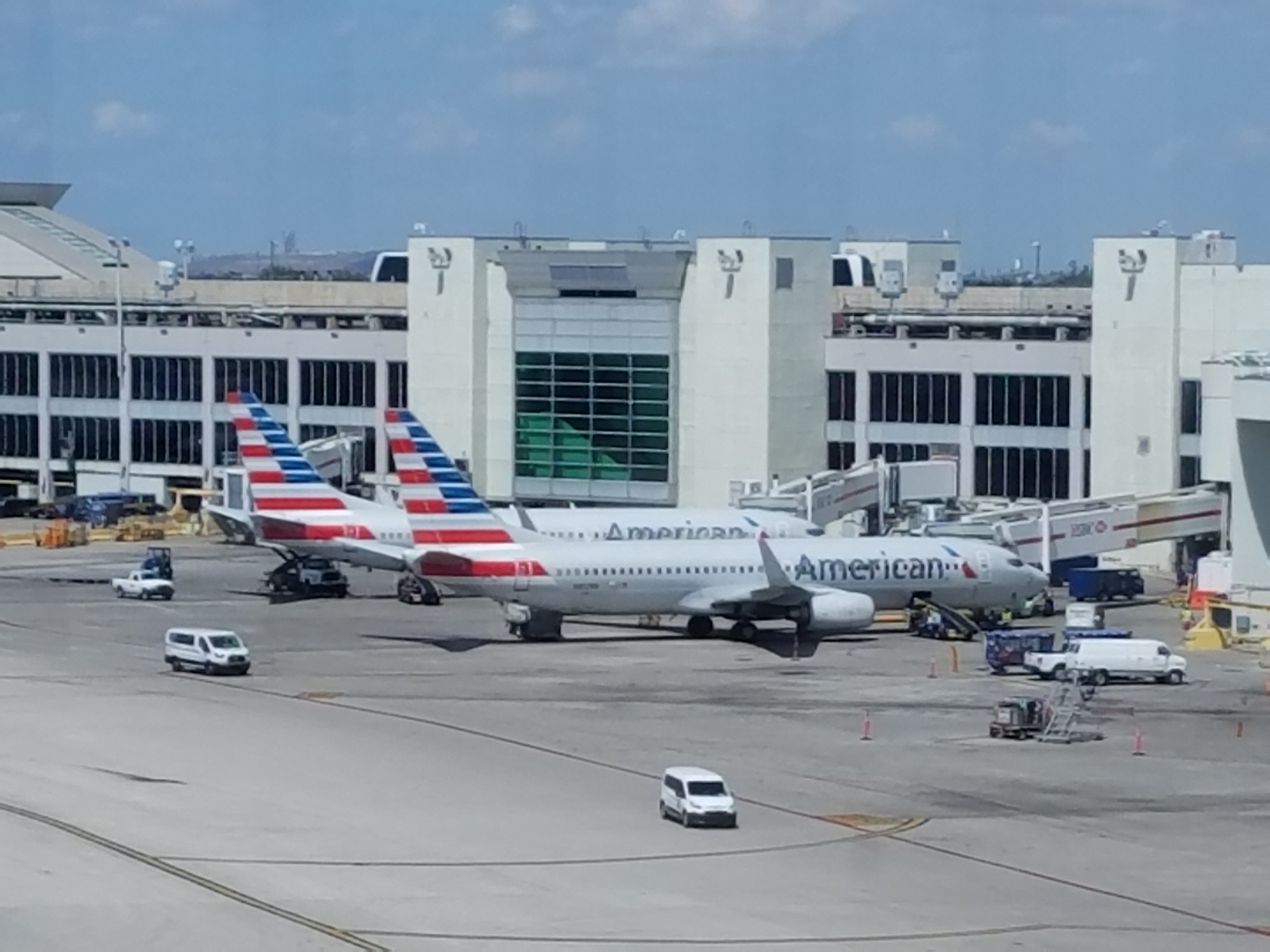
American Airlines revenue was flat in the second quarter, a year after officially abandoning their distribution strategy that cut back on sales incentives and support, and pushed agencies to use ‘new distribution capability’ technology that meant selling ancillaries and not just tickets.
Their revenue was flat year-over-year even though they talked up billion dollar improvements.
- American didn’t actually say corporate business travel had grown. They said indirect bookings had grown (and, presumably, direct bookings fell by a similar amount).
- And this was costing them an annualized $320 million in expense (mostly commissions and GDS fees, but also staffing which isn’t included in that figure).
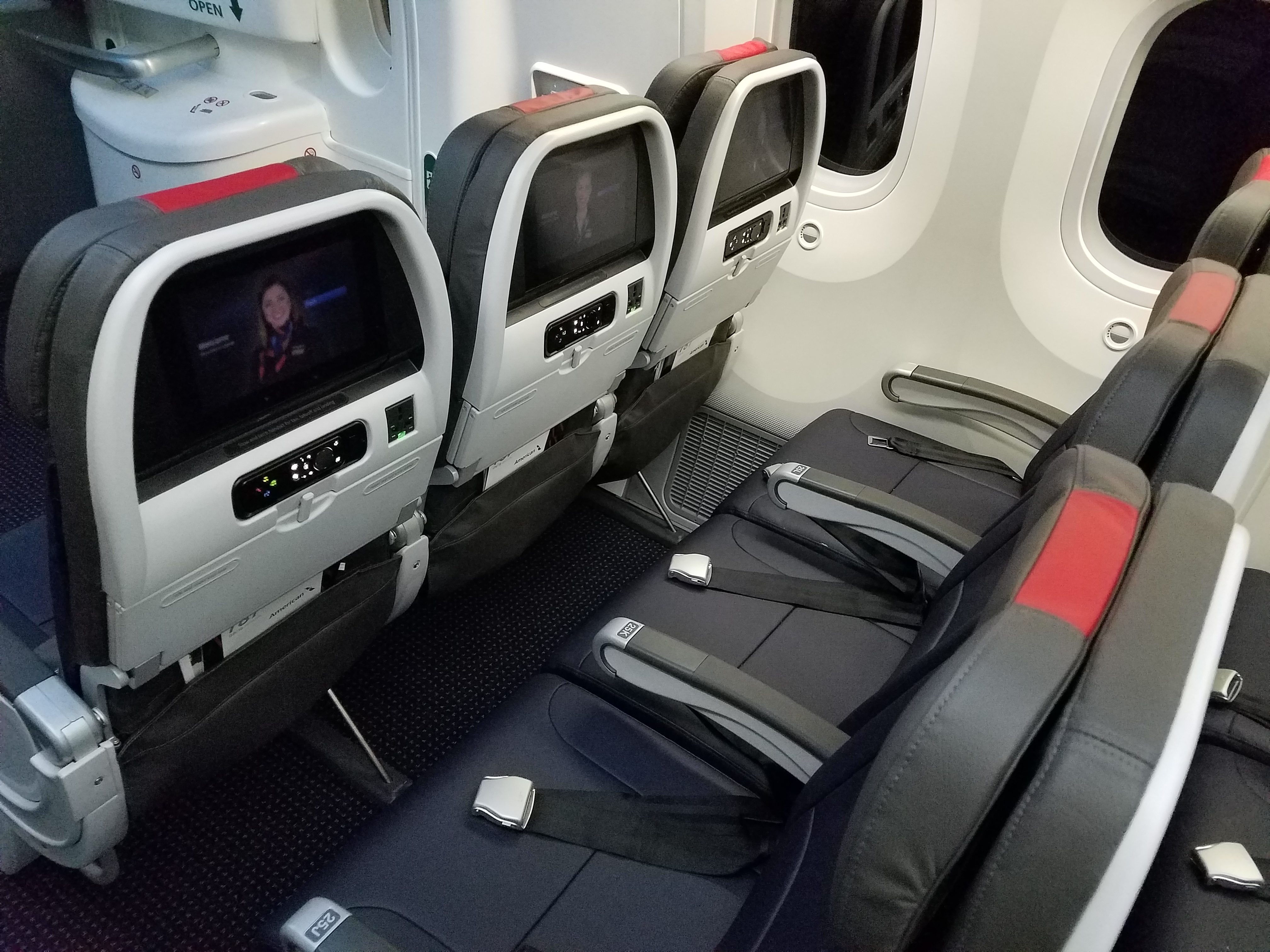
Pulling back from major business markets like New York, Los Angeles, and Chicago hurts them with managed business travel. They remain weak in San Francisco, Seattle, Houston, and Atlanta. They do well, no doubt, with mid-sized Sun Belt businesses.
And managed business travel isn’t fully back, as Delta continued to note in its third quarter earnings call on Thursday – and Delta seems to do the best in this segment.
Consultants aren’t on the road at client sites every week, week after week, the way they used to be when clients may be back in office but outside of finance mostly not every day or everyone on the same day. And more meetings are done virtually than before the pandemic.
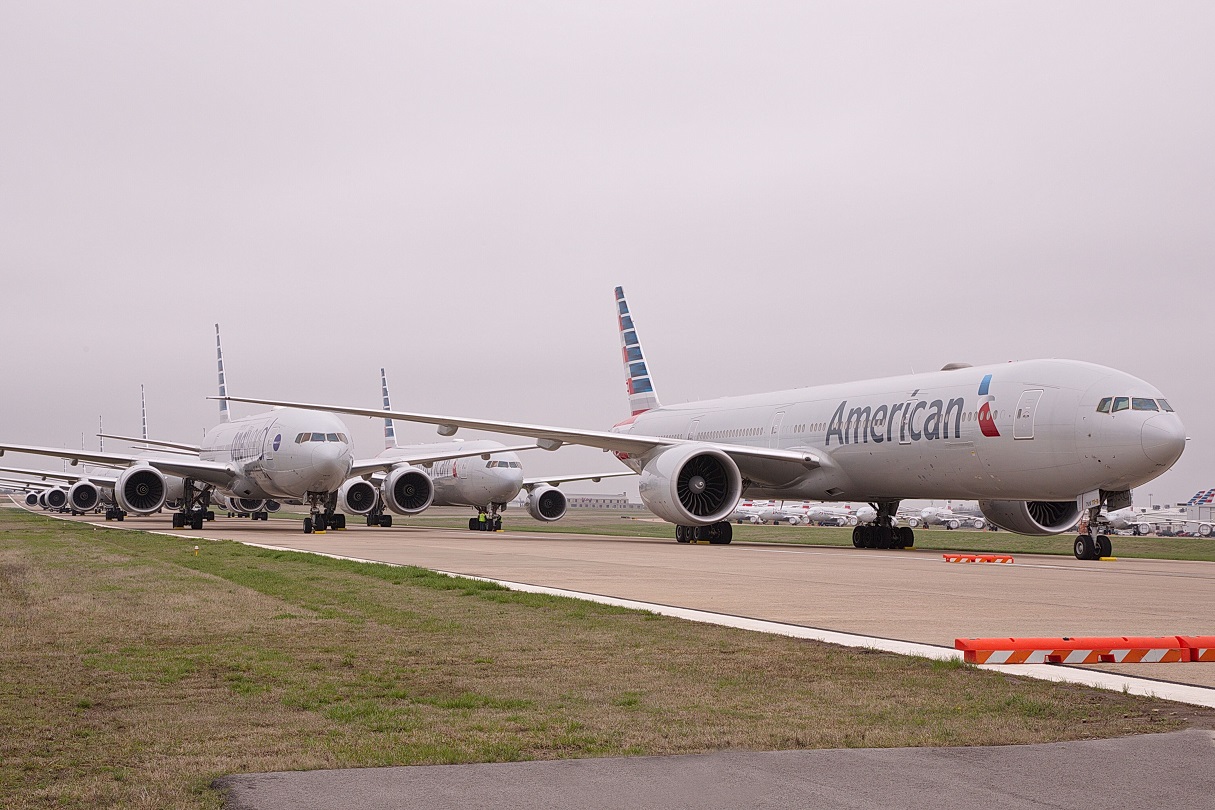
Still, American may be spending a lot but probably isn’t getting the revenue contribution they expect because of their network. Plus they don’t have enough premium seats. They spent years removing premium seats from planes, and Delta noted during their earnings call that they have found they need to adjust schedules becaue of lack of premium seats (that premium leisure is buying those, often at a higher price htan corporates, so they haven’t been able to accommodate corporates – while American doesn’t just lack enough seats “up front” but enough extra legroom seats as well).

So American has expanded the pool of agents that they’ll pay commissions to on domestic tickets. A common figure is 7%, even.
- The offer generally excludes the cheapest O, Q, and N class fares
- And they’ll usually pay just 1% on flights that aren’t to competitor hubs out of Charlotte, Dallas, Miami, Philadephia and Phoenix – they likely expect that from those cities they’re going to get the business anyway since they’re the dominant non-stop carrier. (Los Angeles, New York, Chicago and Washington DC hubs are more competitive so they’re willing to pay commissions.)
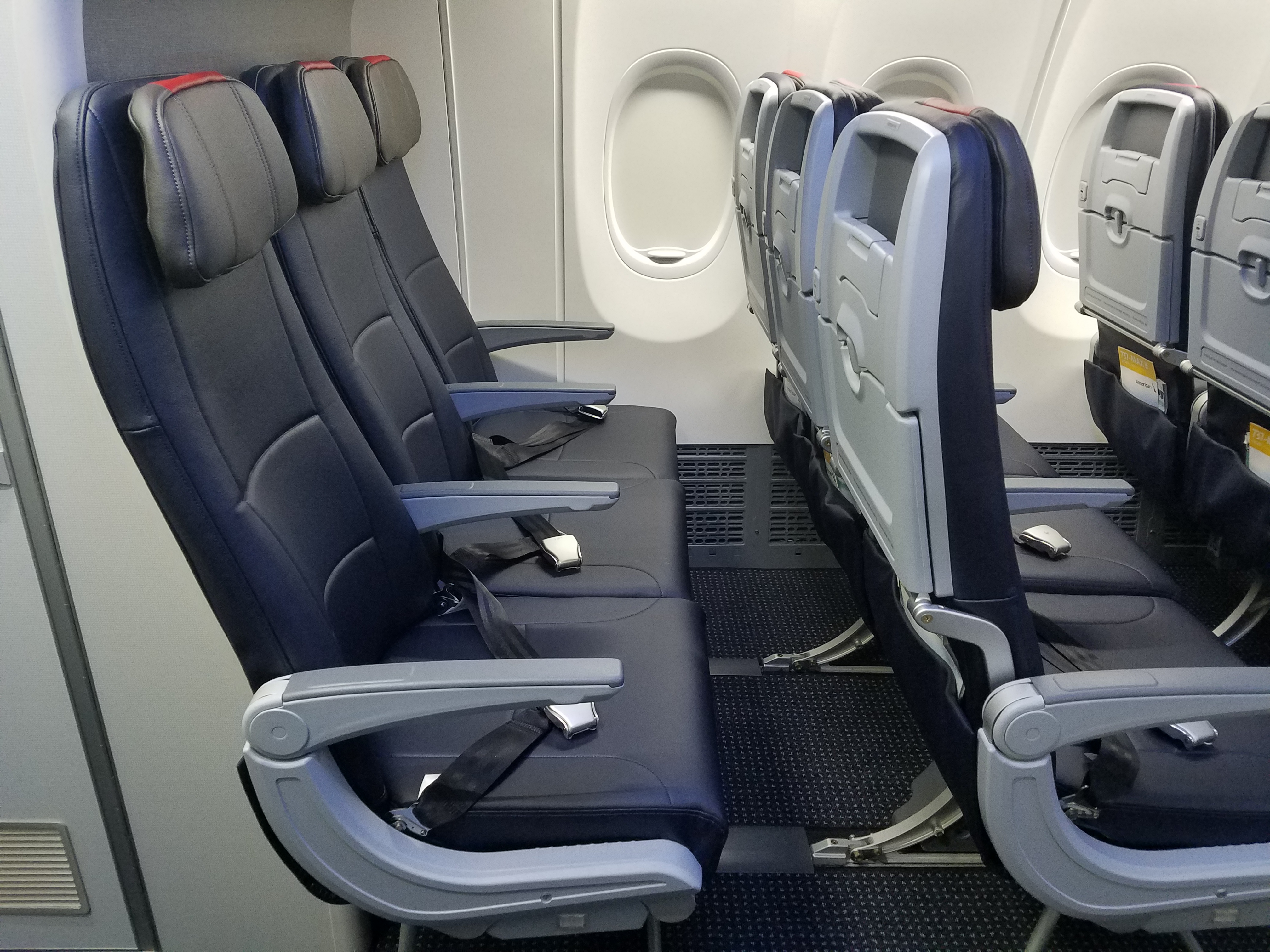
We’ll get a pretty good sense if I’m right that the strategy of buying business works but hasn’t yet worked well enough when the airline releases its own third quarter earnings in two weeks. They will almost definitely say the strategy is working and delivering the results they expect – but the truth will be in their revenue performance.
United CEO Scott Kirby has said that if American is generating an extra $1.5 billion from their sales strategy (as they claim) and also not making more money, they must be spending and losing that money somewhere (he says they’re losing it at Chicago O’Hare). The truth is that based on last quarter’s numbers the revenue itself doesn’t seem to be there. It needs to be in the third quarter earnings.
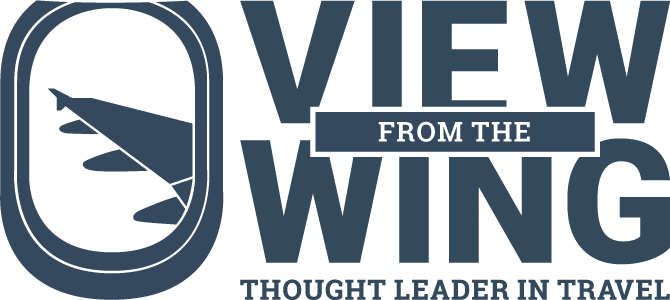

Corporate travel will never come back to what it was so there’s a shrunken pool of customers. Generally, business travel is more profitable to an airline than leisure travel. Employees can buy more expensive flights if direct or more advantageous schedule wise and why not if it’s OPP.
Also, if someone is paying your coach fare then there’s more incentive to pay out of pocket for cash upgrades, assuming you’re a more senior consultant that has the disposable income to do so. Long haul most companies will allow for premium cabins.
If the earnings aren’t there, after Robert’s plan to return to profitability, will the board finally sack up and realize they have the wrong team leading the company, and get someone with a comprehensive vision and strategy, not just a band-aid approach for each self inflicted wound and next lurking crisis?
While this sounds like a solve in theory, it’s the executives and employees themselves who are actively avoiding traveling on AA and are requesting other specific airlines with their travel agent / travel department. In my office, not one person travels on American anymore (their choice) and their travel agent has no sway in that matter.
Business is down across the US, with the exception of AI investment. AI, of course, is nowhere near generating the revenue to justify the investment. AMR is doing what it can (and I generally avoid AMR — and Delta for that matter, and I’m STE+), but we’re in for some rough air.
My employees fly out of DFW/EWR on a weekly Basis. American Increased the Business Fare on this route by $581. E-Ticket use to run us $981 R/T in Business, now the AAL E-Ticket $1,481.00 We switched our Employee Travel to United because we are flipping the bill and want to Remain Profitable!!!!!
Sounds like a ‘good sign’….not.
hE wAs RiGhT aBoUt EvErYtHiNg…
@Rick
The board? Why start now?
I cannot help feel that the trend is the result of policies put in place by Vasu Raja. Gone but not forgotten. The gift that keeps on giving. Of course, there are a lot of other factors at American Airlines that also drive this trend.
Leave it to Isom to pull back from AAs international hubs (where it still had somewhat of a competitive advantage in NYC years ago) just before the market demand pivoted to premium and premium economy passengers. For $30M/yr. Sheesh.
Delta said that saw a much larger gain (double digit) in corporate travel from its coastal hubs than it did from its interior US hubs.
They wouldn’t say what cities are driving it but I suspect they picked up corporate travel share from UA at EWR because of their operational meltdown at EWR, from BOS as B6 has wobbled, and at LAX as they are solidifying their position there.
AA simply took its eyes off the ball for too long; it is not always possible to return to what you had even when you realize you have made a mistake esp. when there are competitors ready to pounce.
and just as in pricing w/ LCCs/ULCCs, the DLs and UAs of the world are willing to discount to win business so it isn’t even certain that AA’s 7% commission will do much.